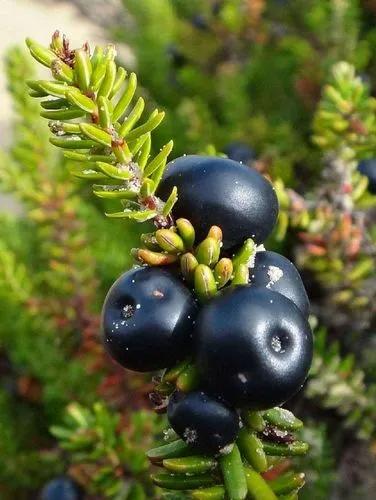Spondias mombin, also known as yellow mombin or hog plum is a species of tree and flowering plant in the family Anacardiaceae. It is native to the tropical Americas, including the West Indies. The tree was introduced by the Portuguese in South Asia in the beginning of the 17th century. It has been naturalized in parts of Africa, India, Nepal, Bangladesh, Sri Lanka, The Bahamas, Indonesia, and other Caribbean islands. It is rarely cultivated except in parts of the Brazilian Northeast.
Yellow Mombin Care
Spondias Mombin



Spondias mombin is a small deciduous tree up to 20 m (66 ft) high and 1.5 m (4.9 ft) in girth, and is moderately buttressed. Its bark is thick, corky, and deeply fissured. When slashed, it is pale pink, darkening rapidly. Branches are low and branchlets are glabrous. The leaves are pinnate, with 5-8 leaflets opposite pairs with a terminal leaflet, 10 cm × 5 cm (4 in × 2 in), oblong or oblong lanceolate, broadly acuminate, glabrous. The flowers bloom January to May and are sweet-scented, in large, lax terminal panicles of small white flowers. Fruits appear July to September and are nearly 4 cm (1.5 in) long, ovoid yellow, acid, wrinkled when dry. The fruits have a sharp, somewhat acid taste and are edible. Their flesh surrounds a single spiny kernel.Yellow mombin is an elegant, deciduous tree with a dense, spreading crown; it can reach an eventual height of 25 metres, though 10 - 15 metres is more likely. The bole can be 60cm or more in diameter with a thick, corky bark.The plant is widely cultivated in tropical areas, especially the Americas, for its edible fruit. It also has a range of medicinal applications and provides various commodities. The tree is showy in flower because of the very numerous and large panicles of small white flowers, and also when the red fruits are developing - it is sometimes grown for ornament and to provide shade
Discover more plants with the list below
Popular articles






